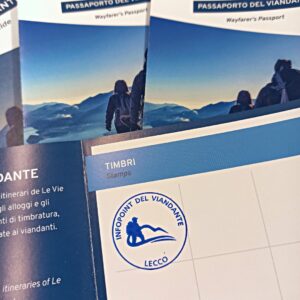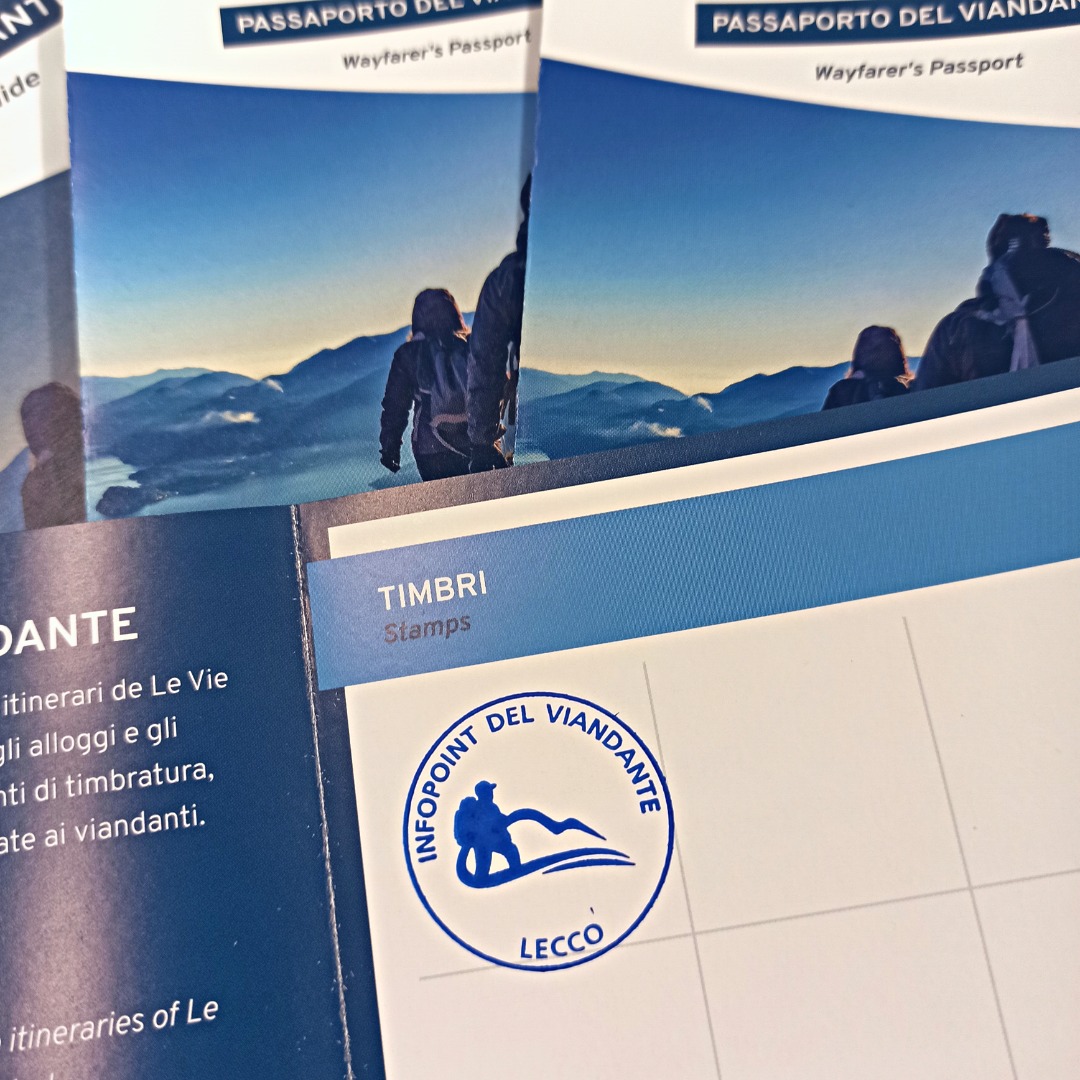
SENTIERO DEL VIANDANTE: DERVIO – DORIO
Si segnala dal 1° novembre 2023: Sentiero del Viandante, Dervio: chiusura del tratto di sentiero tra la deviazione tra località Chignolo e il ponte sulla
Questo sito è dedicato a tutti i viandanti.
Contiene le informazioni utili per programmare un viaggio a piedi, lungo un cammino storico internazionale di circa 220 km, ricco di cultura, paesaggi mozzafiato, proposte sportive e benessere. Un reticolo di sentieri che collega il San Bernardino a Milano, attraverso la Valle Mesolcina, la Valchiavenna, il Lago di Como e il fiume Adda. Scoprirai un percorso legato ai commerci fra il Nord e il Sud Europa e viceversa: vie di comunicazione “tracciate” da viandanti, commercianti, contrabbandieri ed eserciti che nei secoli hanno permesso a uomini e merci di circolare nonostante i confini geografici e politici.

Si segnala dal 1° novembre 2023: Sentiero del Viandante, Dervio: chiusura del tratto di sentiero tra la deviazione tra località Chignolo e il ponte sulla

Si segnala che a partire da oggi, giovedì 5 ottobre 2023, e fino al termine dei lavori, la tratta Lecco-Abbadia Lariana del Sentiero del Viandante

Da oggi, martedì 20 giugno, è tornata percorribile la variante bassa del tratto Lierna Varenna tra la località Coria e Fiumelatte del Sentiero del Viandante

Da quest’anno è possibile ricevere il timbro per il Passaporto del Viandante anche in alcuni luoghi visitabili lungo le 12 vie: musei, castelli, chiese e
Il servizio di informazione e accoglienza turistica del Comune di Lecco in Piazza XX Settembre, 23 è aperto al pubblico tutti i giorni (domenica e

Si segnala dal 1° novembre 2023: Sentiero del Viandante, Dervio: chiusura del tratto di sentiero tra la deviazione tra località Chignolo e il ponte sulla

Si segnala che a partire da oggi, giovedì 5 ottobre 2023, e fino al termine dei lavori, la tratta Lecco-Abbadia Lariana del Sentiero del Viandante

Da oggi, martedì 20 giugno, è tornata percorribile la variante bassa del tratto Lierna Varenna tra la località Coria e Fiumelatte del Sentiero del Viandante

Da quest’anno è possibile ricevere il timbro per il Passaporto del Viandante anche in alcuni luoghi visitabili lungo le 12 vie: musei, castelli, chiese e
Il servizio di informazione e accoglienza turistica del Comune di Lecco in Piazza XX Settembre, 23 è aperto al pubblico tutti i giorni (domenica e